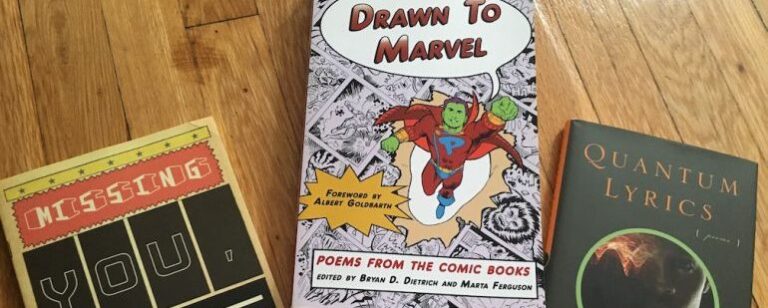Proxy Narratives: Jennifer Clement’s “Widow Basquiat”
I’m always looking for a stellar book come November. National Novel Writing Month (NaNoWriMo for the uninitiated) is about as appealing of an idea as having a month-long dental procedure and about as equally fun to be around. So, I mostly hide away. I do the opposite of what you’re supposed to do in November—I take a writing break and read all month instead. Last year I read all of Larry Heinemann’s books. The year before that I dug into Rolando Hinojosa. This year, I’m reading and re-reading Jennifer Clement’s Widow Basquiat which is easily my favorite book of 2014, though it’s been around in the UK for years. It comes out in the United States this month.
What I love about Widow Basquiat is that it’s a different kind of memoir, a fresh departure from the near formulaic, run-of-the-mill confessionals we’ve grown so accustomed to reading over the past decade or so. In fact, if there existed such a thing as the photo negative of that genre, this book would be it—an animal in a league of its own. Widow Basquiat is a memoir, but a memoir by proxy–the personal story of Jean-Michel Basquiat’s on-again-off-again lover Suzanne Mallouk in the context of Basquiat’s tumultuous career, which was plagued by insecurity, drug-addiction, and the pressures—both real and imagined—projected onto him amidst the ’80s New York art scene.
The arc of Basquiat’s career is mirrored, scar-by-scar, in the story of Basquiat’s muse, Suzanne, who is the book’s protagonist. Though Clement appears in a handful of scenes toward the end of the narrative, she mostly stays out of it. And that’s really the charm of Widow Basquiat—Clement is the writer but not the focus, though of course you realize she’s the glue holding the entire narrative together, the friend and confidante to Suzanne but also the privileged witness to Suzanne’s relationship with Basquiat and the ’80s New York art scene as a whole—the politics, the racism, the drugs, the rot of it all.
The beautiful thing about this book—like so many of Clement’s books—is the audacity with which she writes. It’s the tricks she employs that keep you going back to her work, wondering how she did it at all. You pick up a book with Basquiat’s name on it and you instantly think, How is this writer going to cut this? You put a name as legendary as Basquiat in your title and you pick a fight with the task of writing something great to live up to that legend. But it’s the proxy-narrative of Suzanne to Basquiat that makes this thing work. It’s that proxy that instantly makes her name legendary, too. But it’s the further proxy narrative of Clement to Suzanne that gives this book accessibility and brings those characters down from the ether and onto the page.
The incredible feat is that nothing feels lost, even through the complex prism of narratives that distill the book into an accessible story moved forward by Suzanne, a character who—in the hands of a lesser writer—would have simply been discarded as a footnote in Basquiat’s life.
As has become Clement’s trademark, the “footnotes” are the real story in this book. Suzanne, the character, refuses to be the vehicle for a study in the cross-section of Basquiat’s life. Suzanne lives in the shadow of nobody. She becomes her own living, breathing, bleeding character despite—or perhaps in spite of—her relationship to Basquiat. And maybe it’s this thing in Clement’s writing that keeps me going back to her work again and again. The subaltern in her writing simply refuses to be delegated to that position. And I love it.


